Search Perspectives
Active filters:
Remove all filtersDisplaying 1 - 15 of 18 results
-
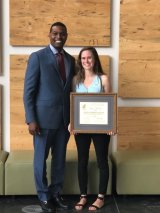
From Teacher to Author: How Climate Literacy Guided My Career
Early in my career I realized that shifting the mindset of students in my classroom, especially on a social norm that valued consumerism over environmentalism, was a challenge with context and nuance far beyond my classroom walls.
- Date:
- By: Jenna Hartley
-
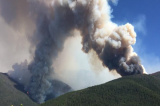
EPA's Research Efforts to Protect Public and Environmental Health from Wildland Fire Smoke
Stay informed, stay prepared, and we can mitigate the effects and challenges of wildland fire smoke together.
- Date:
- By: Jason Sacks, Sarah Coefield
-
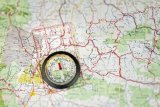
Supporting the Cancer Moonshot Effort at EPA
I learned that one of the best ways to fight cancer is to prevent it from occurring in the first place. EPA supports the Cancer Moonshot effort by understanding and preventing toxic and environmental exposures and preventing more cancers before they start.
- Date:
- By: Danelle Lobdell
-
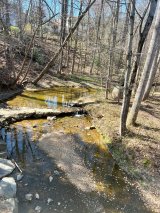
Acting Upstream for Creek and Community
A common threat to streams is runoff from heavy rains that cause floods, wearing away at riverbanks. Across the country, the Green Infrastructure program works with communities to address the effects of stormwater runoff through a variety of programs.
- Date:
- By: Jake Krauss
-

Gaining Perspective on Estuaries
Take a deep dive into the importance of shallow estuaries and the work of the National Estuary Program.
- Date:
- By: Jake Krauss
-
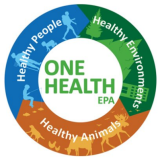
Leading One Health at EPA
We recognize the interdependence of the health of humans, animals, and the environment. When EPA protects the environment (air, water, and soil), EPA is protecting humans, animals, crops, and ecosystems.
- Date:
- By: Dr. Tonya Nichols
-
Refreshing EPA’s Corvallis, Oregon Laboratory Facilities
By the end of our six year renovation project we overhauled and created 26 new labs and 69 new workstations and offices.
- Date:
- By: Alan Thornhill, Ph.D.
-

Revitalizing Water Infrastructure: Rolling toward safer water for communities
EPA’s WIFIA financing provides billions of dollars in credit assistance and creating local jobs while saving ratepayers and communities money. If you are interested in a WIFIA loan, you can submit a letter of interest to EPA at any time.
- Date:
- By: Jorianne Jernberg
-

Reducing Water Pollution from Power Plants
This action protects our nation’s vital water resources that support safe drinking water, agriculture, and healthy communities while providing greater certainty for industry.
- Date:
- By: Radhika Fox
-

Learning about water use in one of the driest states in America
Getting people to change their water use habits is more complicated than just putting up posters. There is clearly a major gap in water knowledge and action - raising awareness of water use concerns is the first step for a sustainable future.
- Date:
- By: Cameron Hodges
-

Researching Improvements for Wastewater Lagoons in Small, Rural and Tribal Communities
Lagoons are mostly found in small, rural, and Tribal communities that face disproportionate environmental justice concerns. These are some of our most vulnerable communities and often low income or communities of color are disproportionally impacted.
- Date:
- By: Radhika Fox
-

Protecting Children Around the World from the Dangers of Lead Paint
There is no known safe level of lead exposure without harmful effects, and even low levels of lead exposure may cause lifelong health problems.
- Date:
- By: Evonne Marzouk
-

Proud to Celebrate a Diverse EPA
As we face new challenges and setbacks at EPA, we find strength in our leaders, past and present, our circle continuously expands, and our work continues.
- Date:
- By: Sherri Comerford
-

Protecting and Preserving our Oceans During National Oceans Month (and all year long)
Oceans are much more than just a temporary escape from the daily grind or a nice background for vacation photos. We need your help to protect this important resource.
- Date:
- By: John Goodin
-

Participatory Science: Supporting Inclusive Public Engagement in Science at EPA
We believe that providing communities equitable access to participate in and lead scientific projects is key to our shared vision of public engagement in science.
- Date:
- By: Maureen Gwinn

